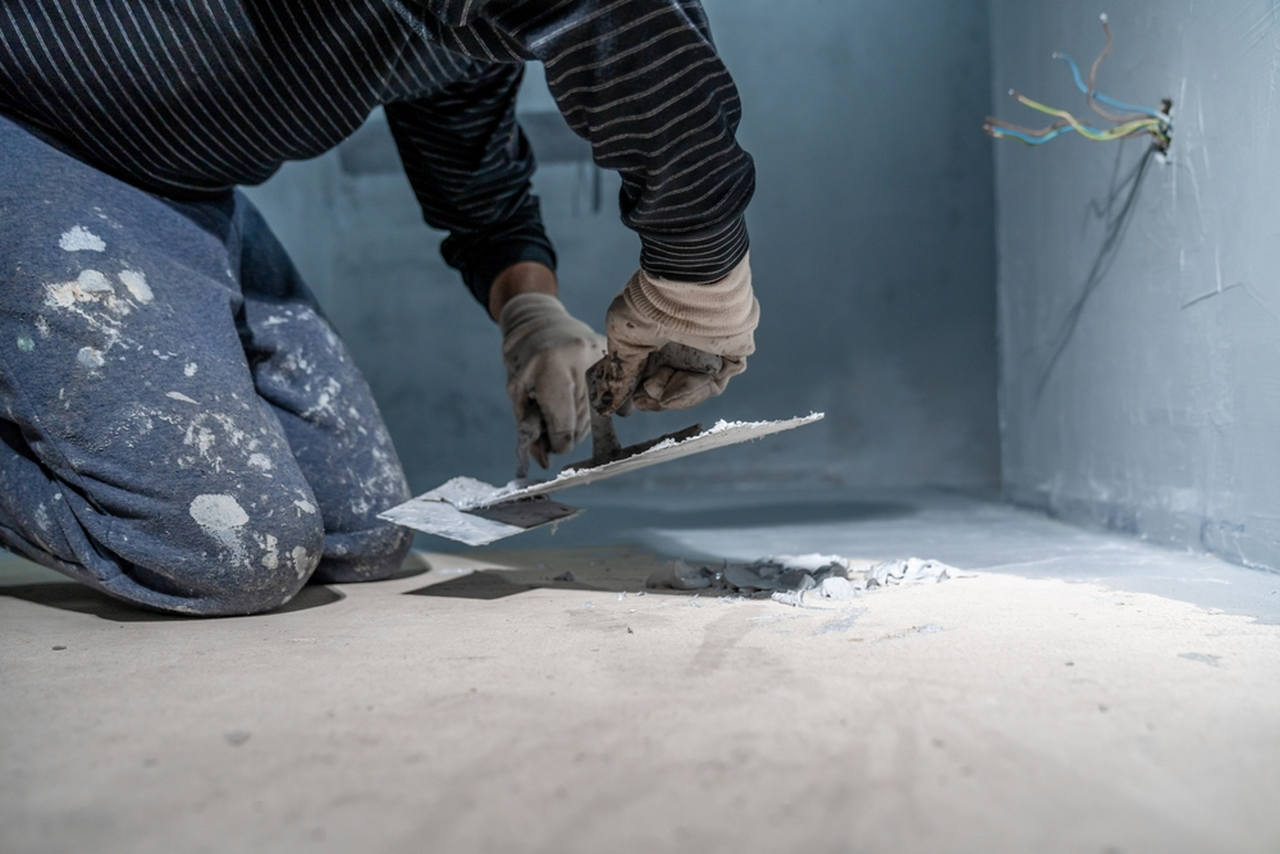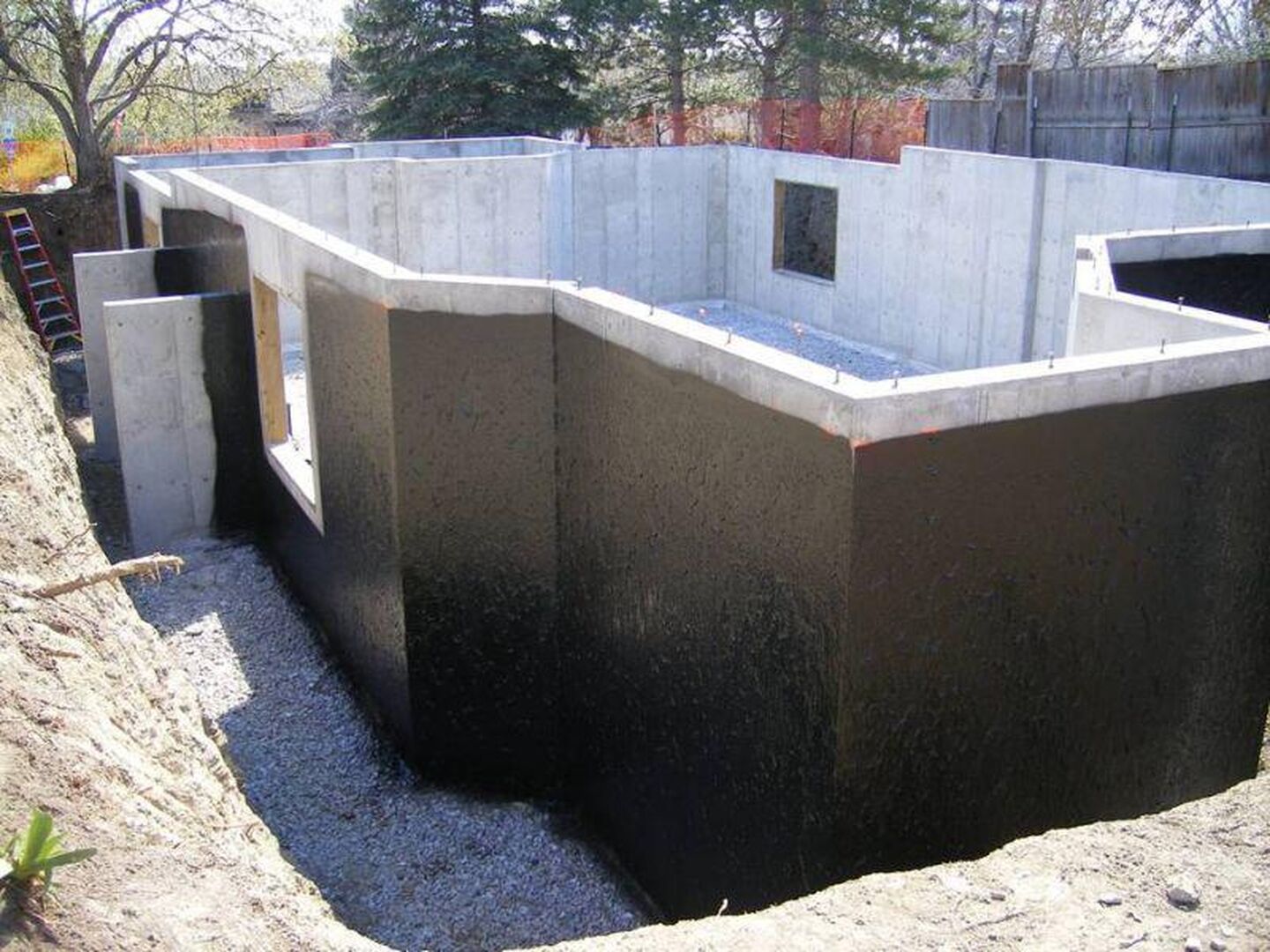Sorts of Waterproofing: Checking Out the Various Methods and Their Applications
Waterproofing is an essential facet of building and upkeep. It safeguards frameworks from the destructive results of water damage. There are numerous techniques readily available, each with its distinct applications and advantages. From membrane layer systems to cementitious solutions, recognizing these options is crucial for effective implementation. The selection of waterproofing technique can greatly impact longevity and durability. Discovering these different strategies discloses their distinctive advantages and potential difficulties, prompting more consideration of optimal services.
Membrane Layer Waterproofing Equipments
Membrane waterproofing systems serve as a crucial obstacle versus water invasion in various frameworks. These systems generally consist of slim sheets made from materials like rubber, thermoplastic, or bitumen, which are related to surface areas to avoid moisture infiltration. They can be installed over or below quality and are especially effective in areas prone to high water exposure, such as cellars, roofing systems, and foundations.The installation process entails cleaning the substrate, using adhesives or guides, and exactly suitable the membrane layer to assure full insurance coverage. Membrane layer systems can be either totally adhered, mechanically affixed, or laid loose, relying on the certain needs of the project. They supply resilience and adaptability, fitting architectural movements without jeopardizing their waterproofing abilities. Moreover, these systems can be strengthened with extra layers for boosted defense. Inevitably, membrane waterproofing systems are essential for protecting frameworks versus water damages and preserving long-lasting honesty.
Liquid-Applied Waterproofing Coatings
Liquid-applied waterproofing coatings supply a functional service for protecting surfaces from water infiltration - Sump pump discharge drainage Omaha. These finishings are composed of liquid products that, when used, form a smooth, flexible membrane layer. Their versatility permits application on numerous substratums, including concrete, steel, and timber. The coverings can be utilized in diverse atmospheres, from property to industrial settings, making them appropriate for roof coverings, foundations, and below-grade structures.One considerable benefit of liquid-applied coatings is their ability to comply with irregular shapes and permeate cracks, producing a durable barrier versus wetness. They commonly exhibit superb bond properties and resistance to UV radiation, making sure durability and toughness. Furthermore, the application process is commonly simple, allowing for fast setup and reduced labor prices. This method likewise lessens the threat of water merging, as the constant layer properly guides water away from susceptible locations. Generally, liquid-applied waterproofing finishings are a reliable selection for complete water defense
Cementitious Waterproofing Solutions

Cementitious waterproofing services provide a robust option for frameworks calling for dependable dampness defense. These systems mostly use a mix of concrete, sand, and chemical additives to create a waterproof barrier. They are frequently used to surface areas such as concrete wall surfaces, structures, and floorings, supplying a resilient, durable defense versus water intrusion.One of the crucial benefits of cementitious waterproofing is its simplicity of application; it can be applied making use of a brush, roller, or spray, making it ideal for you can find out more different task dimensions. Additionally, this method works with several surface areas and can often be utilized combined with various other waterproofing techniques.Cementitious solutions are specifically efficient in environments where water exposure is a worry, such as cellars or below-grade structures. Their excellent attachment properties guarantee that they bond well with substrates, providing a strong and impenetrable layer versus dampness penetration.
Bentonite Waterproofing
Bentonite waterproofing is a highly effective approach that utilizes salt bentonite clay to develop a natural barrier against water. This technique exploits the special homes of roofing and waterproofing bentonite, which increases upon call with water, sealing any prospective leakages and protecting against wetness seepage. It is typically used in various applications, consisting of structure wall surfaces, tunnels, and retaining walls, where water resistance is essential.Bentonite can be used in numerous kinds, such as panels or coverings, providing adaptability in installation. Its capacity to self-seal makes it an appealing option for areas based on moving soil or rising and falling water degrees. Additionally, bentonite waterproofing is eco-friendly, as it is an all-natural product that does not present harmful chemicals into the surroundings.
Water Drainage and Exterior Waterproofing Solutions
Reliable waterproofing commonly involves a combination of methods, consisting of drain and external systems. Drain systems, such as French drains and sump pumps, are developed to reroute water far from frameworks, reducing hydrostatic pressure versus foundations. These systems are necessary in stopping water accumulation that can result in structural damage and mold growth.External waterproofing, on the various other hand, includes applying safety barriers to the building's exterior. Strategies such as the setup moved here of waterproof membranes, coverings, or sealants can assist protect against water seepage. This technique not only safeguards the foundation however likewise enhances the total resilience of the structure.Together, water drainage and external waterproofing systems form a complete solution to manage water successfully. By executing these techniques, homeowner can guard their financial investments versus the destructive impacts of dampness, guaranteeing long-term security and safety and security for their structures.
Often Asked Questions
How Do I Pick the Right Waterproofing Approach for My Project?
Picking the right waterproofing technique depends upon variables such as project kind, ecological problems, budget, and wanted longevity. Examining these elements enables for notified decisions customized to certain needs and needs.

Can Waterproofing Be Applied in Cold Weather Conditions?
Waterproofing can be used in cold weather condition conditions, however it requires particular materials and strategies. Cold temperatures may influence treating times and bond, necessitating mindful option of products created for low-temperature application.
What Are the Typical Indications of Waterproofing Failing?
Usual indications of waterproofing failure consist of visible water stains, peeling paint, moist smells, mold and mildew growth, and cracks in wall surfaces or structures. Sump pump discharge drainage Omaha. These signs suggest that wetness is passing through the obstacle, endangering its performance
Just How Long Does Waterproofing Last Before Needing Upkeep?
The long life of waterproofing varies, generally lasting in between 5 to 10 years. Variables such as material high quality, ecological problems, and maintenance practices influence its sturdiness, requiring regular evaluations to guarantee effective security versus water breach.
Are There Eco-Friendly Waterproofing Options Available?
The inquiry of environment-friendly waterproofing options exposes an expanding rate of interest in sustainable materials (Foundation waterproofing Omaha). Various natural substances, such as plant-based sealers and recycled products, provide reliable services while decreasing environmental effect, interesting environmentally mindful consumers